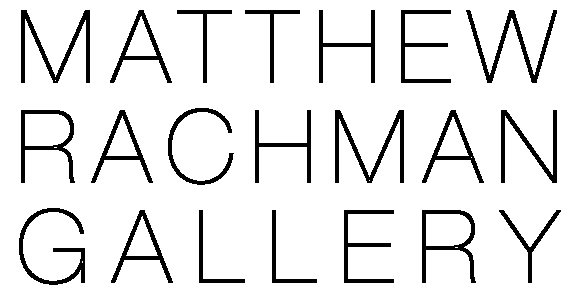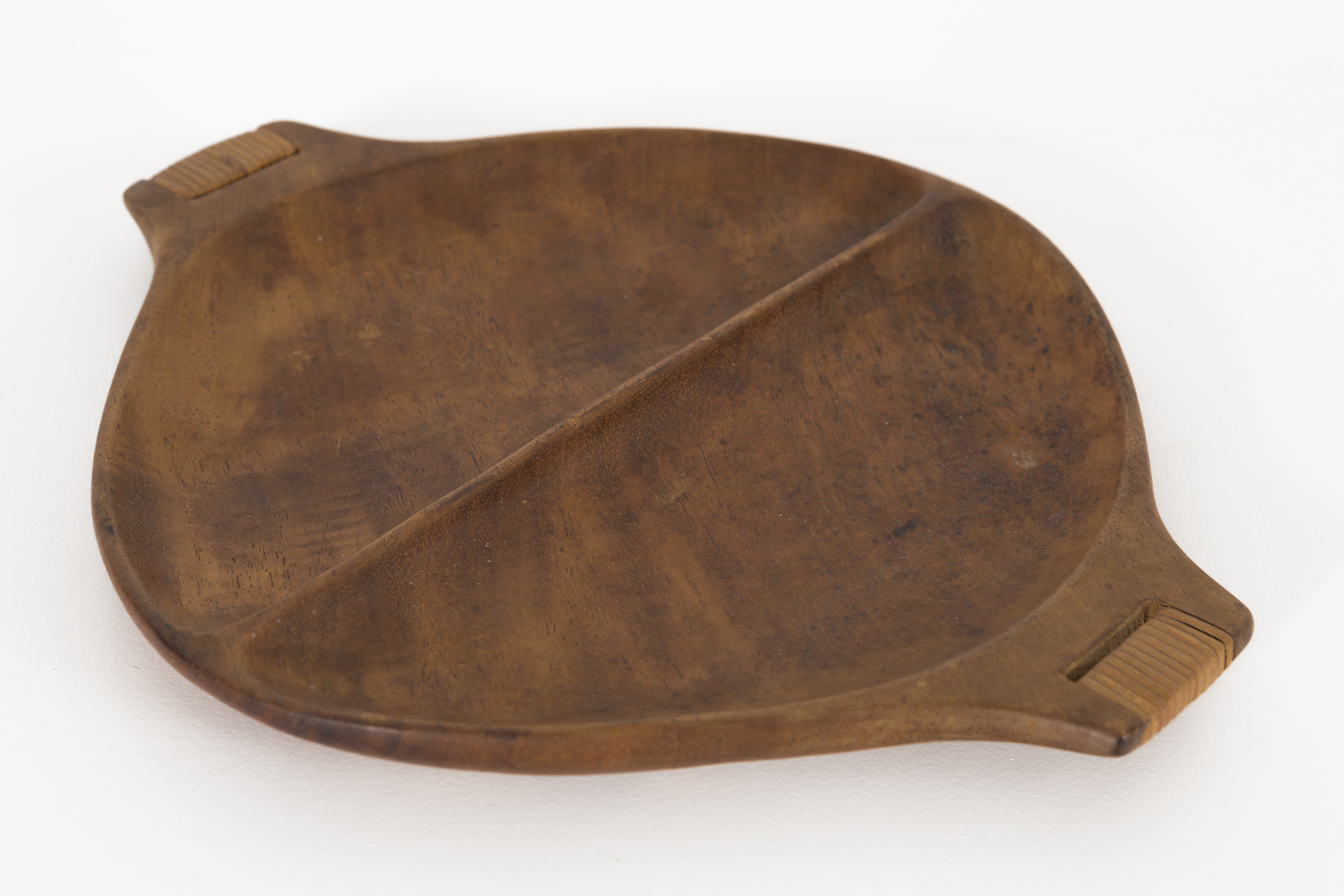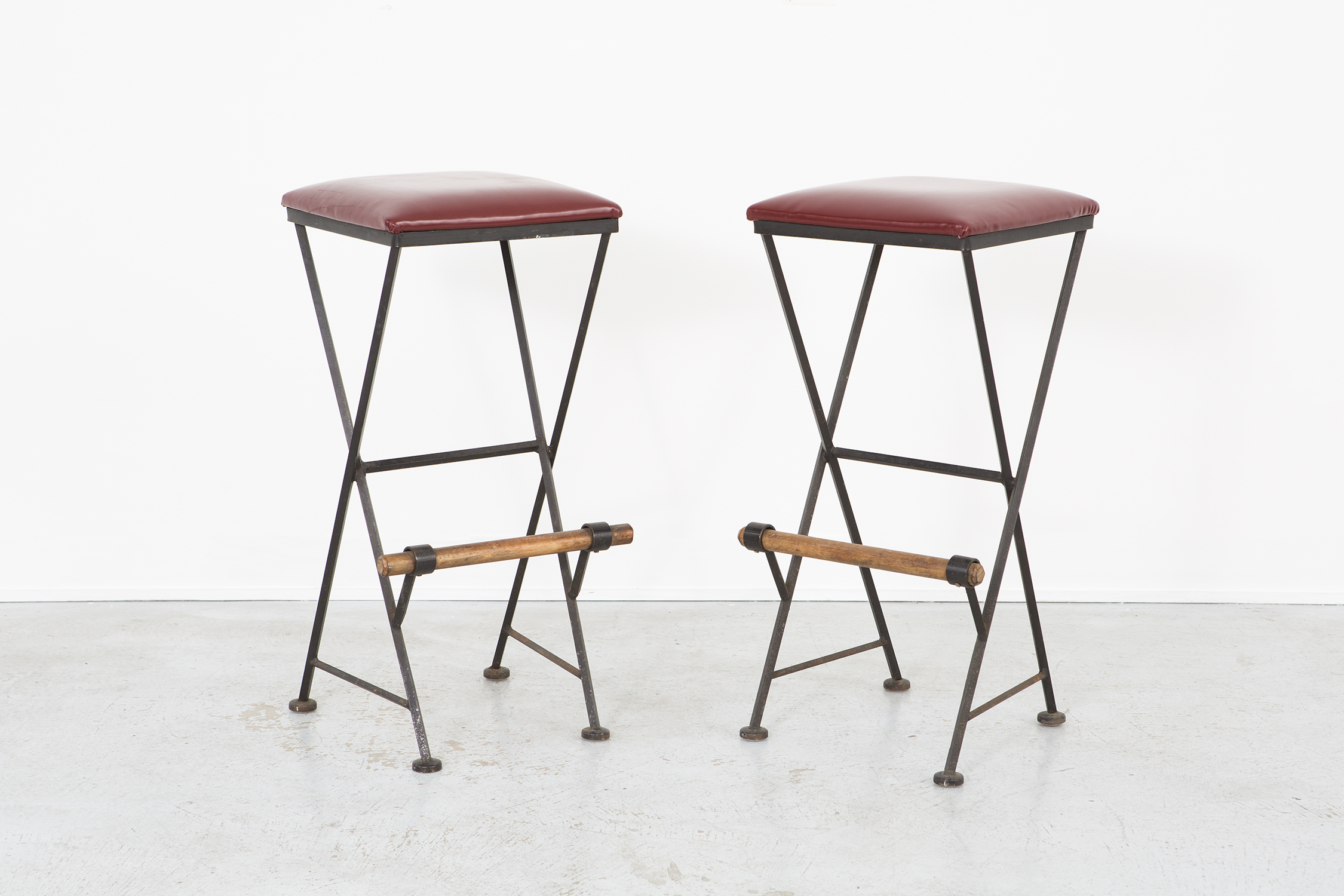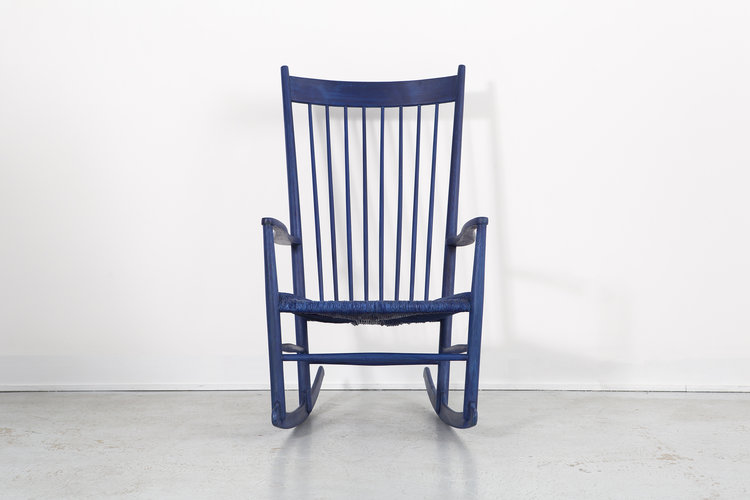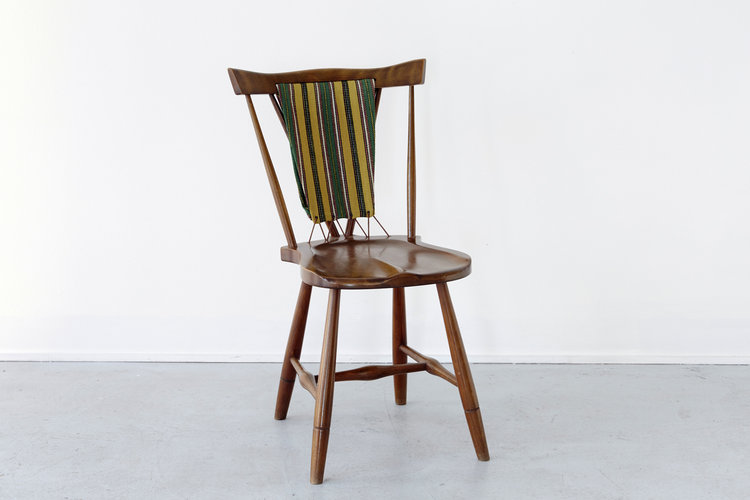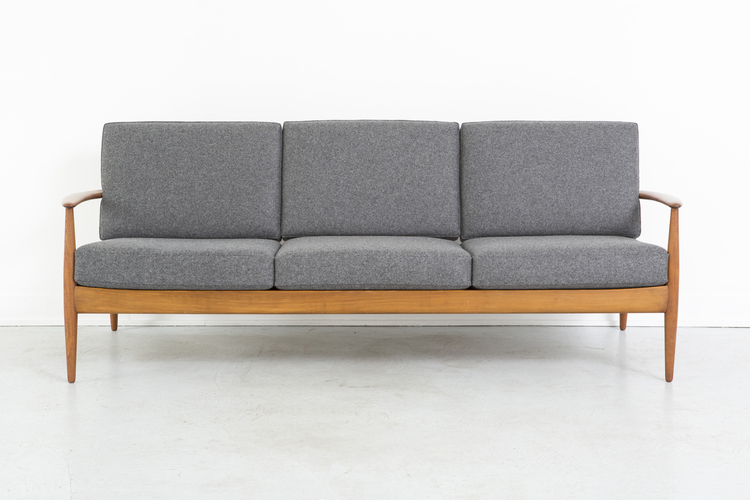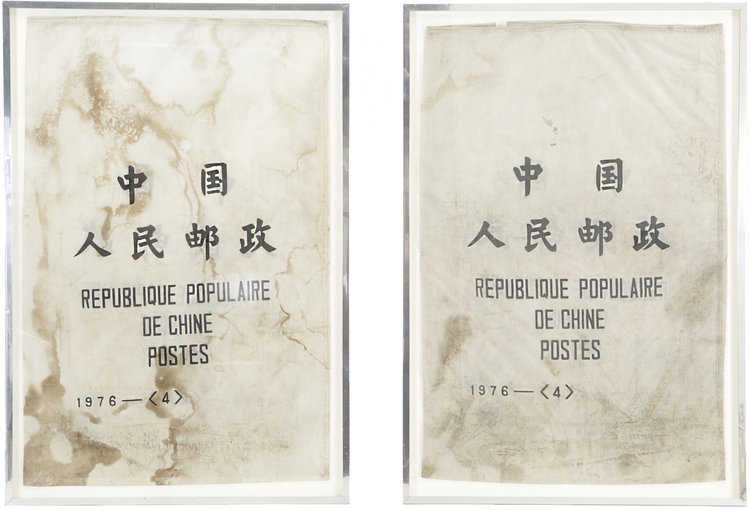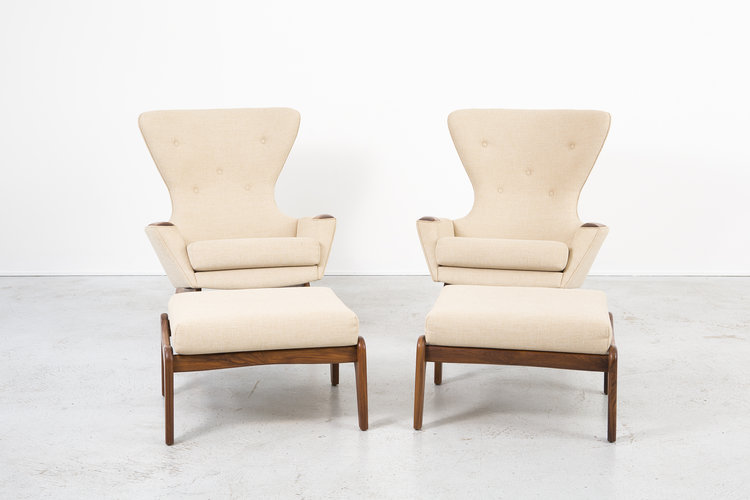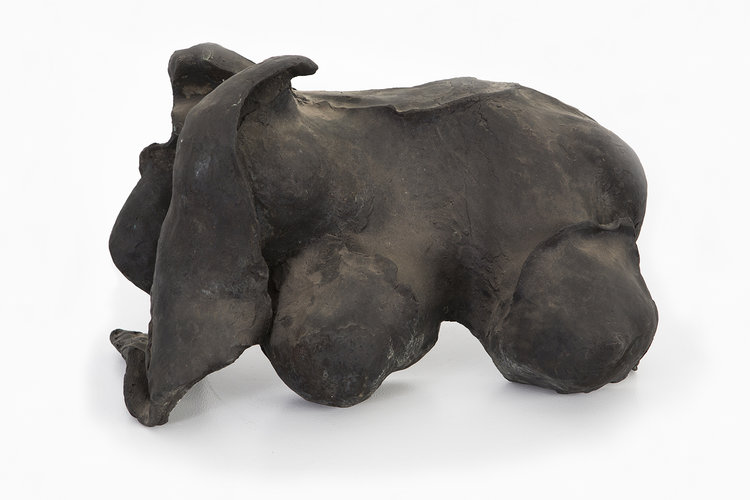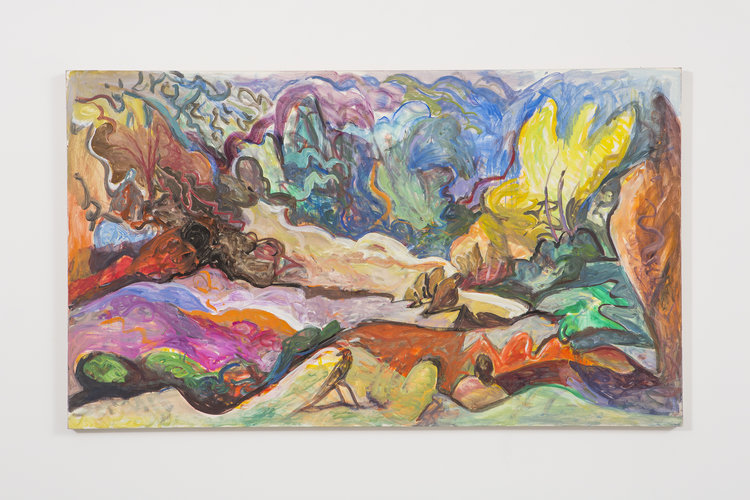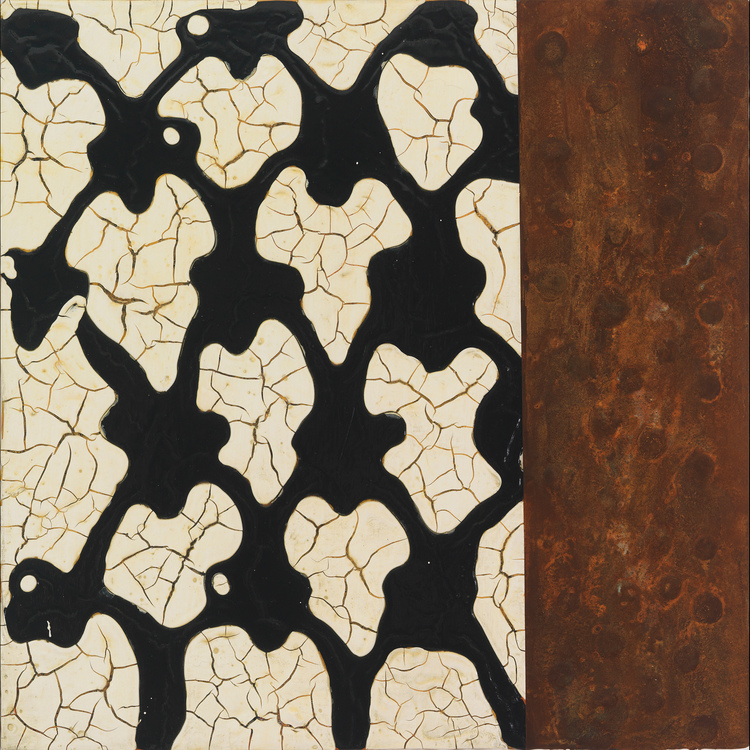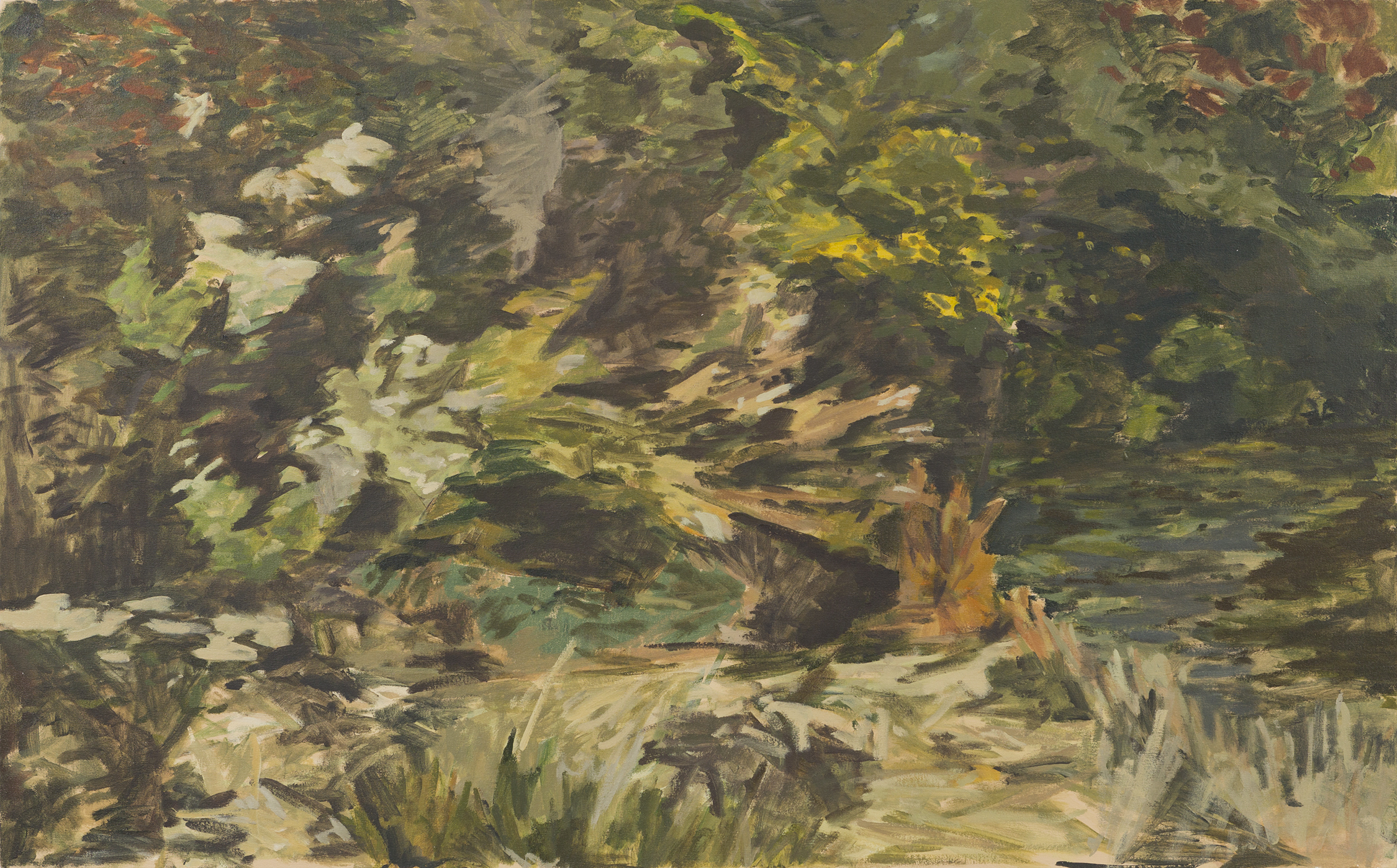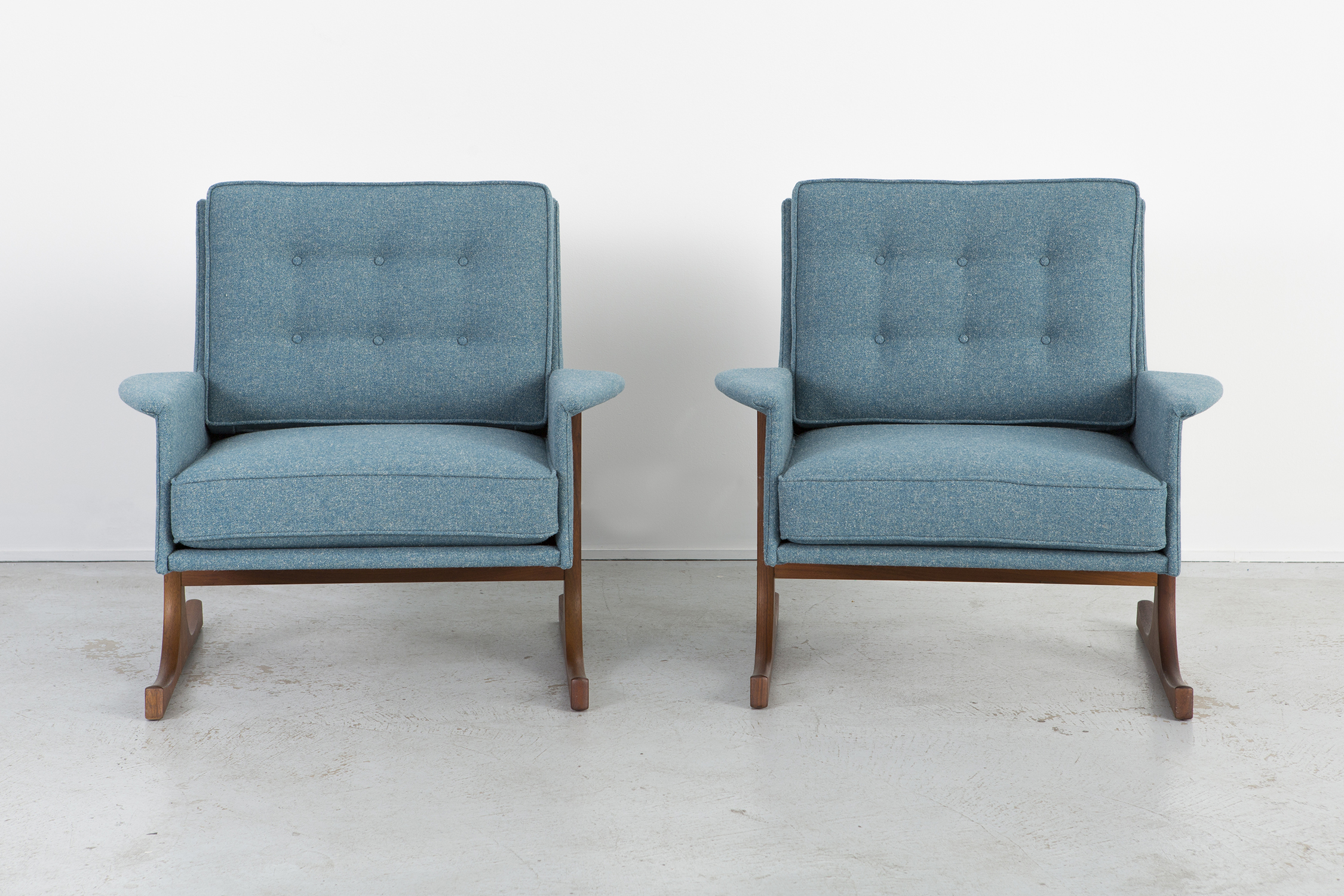URBAN HAIKU (WINTER) BY PAMELA STAKER
Pamela Staker's Urban Haiku switches up her normal uses of colors. In this work, there are predominant tones, but no predominant colors. Each stroke peeks out of other brushed moments. Her favorite violet is front and center, but it serves as a guideline rather than a form to be seen. In the background flat panes serve two purposes, wall and expanse. Differing from her larger pieces, the marks are more compact and thin, building a delicate composition. Pamela's painted meditation on urban forms masterfully captures the colors and chaos of city life.
OBELIA MEDUSA BY NICHOLAS KRIEFALL
Nicholas Kriefall's poetic abstractions create worlds of cloudy colors. Balancing between an endless fall into darkness and euphoric brightness, Kriefall manages to create mildly textured deep abstractions that twist and wind like a Lewis Carol novel. His title's subject, the Obelia Medusa, is a very small predatory animal related to jellyfish. Medusa is a categorization of Obelia likely given because this form has many offshoots that look like the snaked head of the Greek monster Medusa. Whether one looks into this work as a reflecting pool, or an underwater world teeming with tiny animals, Kriefall's Obelia Medusa transports you to the worlds between myth and reality.
SET OF CLAM CHAIRS BY PHILIP ARCTANDER
These Clam Chairs have exploded in notoriety over the past few years. The frenzy started when a pair was misattributed to the phantom designer Martin Olsen. Previously unknown for his designs, Philip Arctander (1916-1994) was an independent architect in Copenhagen, Denmark. Though he is most well known for his role as the director of the Danish Building Research Institute, a few of his furniture designs persist through today, with the Clam Chair being most prevalent. Arctander's design combines a surreal playfulness with extreme comfort, and was decades ahead of its time when he first designed it.
